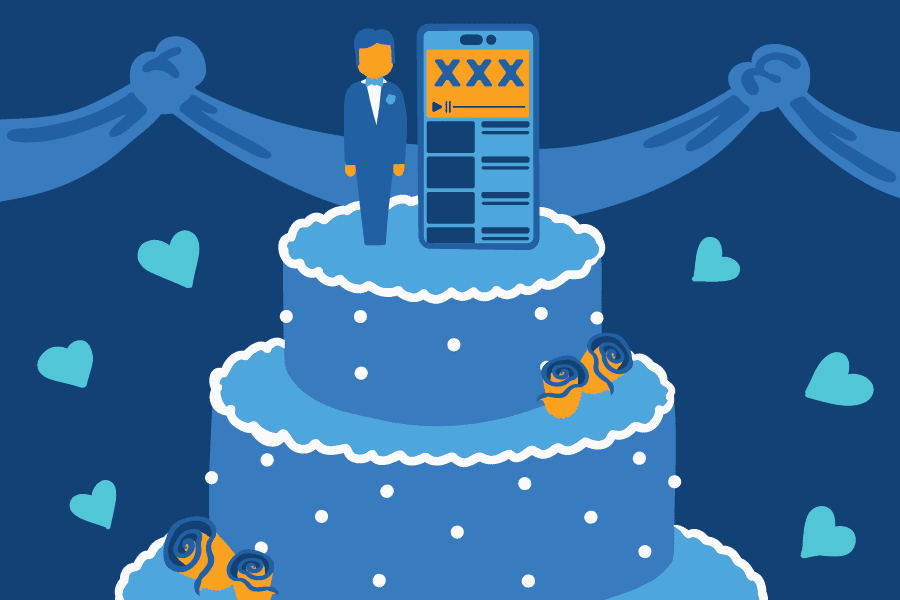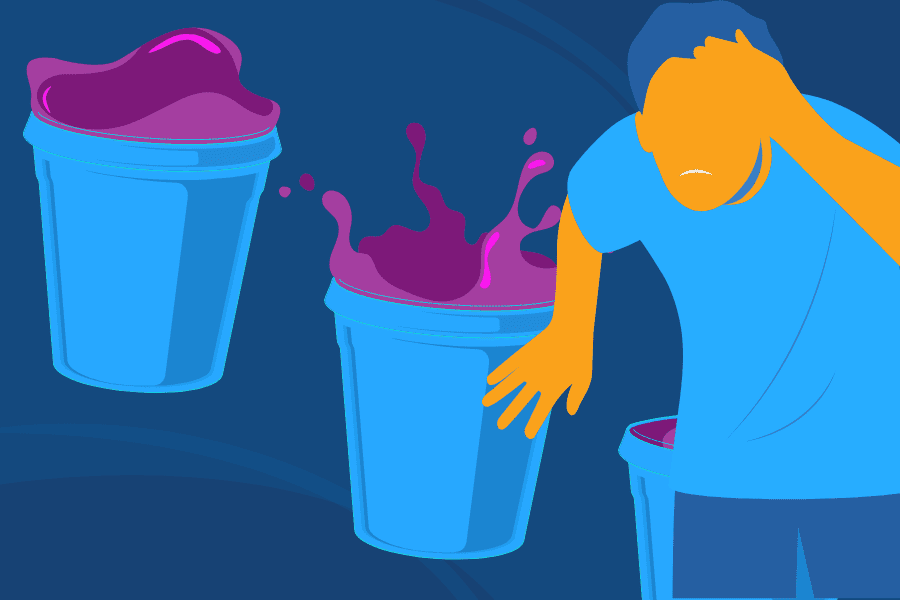How Common Is Opioid Addiction in Teens?
Today’s teens have a lot of demands on them—academic pressure, social pressures, and a growing list of responsibilities. They’re also at a developmental stage in which experimentation is a defining characteristic, and social acceptance is of utmost importance.
Taken in combination, it’s easy to see how countless American teens end up misusing opioids at one point or another. Sadly, a recent survey reports that one in six teenagers has abused prescription opioids.
Comprehensive Levels of Care
No matter where you are in your recovery journey, our levels of care are personalized to your unique needs.
What Are Opioids?
Opioids are strong painkillers that doctors usually prescribe after surgery or for chronic pain, and sometimes to treat coughing or diarrhea. They work by interrupting pain signals that the body sends to the brain.
Young people who take opioids recreationally seek out their narcotic effects: pleasure and relaxation. But what most teens aren’t aware of is just how dangerous and addictive these drugs are, and how much their use may be putting them at risk. In fact, more than 75% of overdose deaths in the USA are caused by opioids. Some types of prescription opioids are:
- Codeine
- Oxymorphone
- Paregoric
- Fentanyl (Actiq, Fentora, Duragesic)
- Hydrocodone (Lortab, Norco, Vicodin)
- Oxycodone (OxyContin, Percocet, Roxicet)
- Morphine (Kadian, MS Contin, Morphabond)
- Methadone (Dolophine, Methadose)
- Hydromorphone (Dilaudid, Exalgo)
- Hydrocodone (Vicodin, Lortab, Lorcet, Norco, Xodol, Hycet)
- Morphine (AVINza, Kadian, Morphabond, MS Contin, MSIR, Oramorph, Roxanol)
- Pethidine, Mepedrine (Demerol)
- Sufentanil
- Tramadol (Ultram)
Effects and Risks of Opioid Use
Opioids have a major impact on your brain chemistry. They powerfully affect the central nervous system, slowing down automatic functions such as breathing. In fact, respiratory depression is the main cause of opioid-related death.
Because opioids are so high-risk in nature, they’re strictly controlled in medical settings. When taken recreationally, their risks increase dramatically.
Even when prescribed, opioids can be addictive—a danger compounded by concerns that opioids are being too easily prescribed to adolescents. These substances can lead to several health problems, including:
- Slurred speech
- Inability to focus or concentrate
- Slowed or shallow breathing
- Decrease in blood pressure and heart rate
- Loss of consciousness
- Increase or decrease in body temperature
- Mood swing
Opioid Withdrawal Symptoms
When teens take opioids repeatedly, they quickly begin to develop a tolerance, and their bodies need more to get the same effects. Once they’ve become opioid-dependent, they will experience withdrawal if they try to quit. This typically lasts from three to seven days and includes symptoms like muscle aches, insomnia, anxiety, diarrhea, nausea, and vomiting.
With continued use, dependence can escalate into addiction—a deeply entrenched psychological disorder characterized by severe, uncontrollable cravings and an inability to stop using despite the negative consequences brought on by the drug.
Find the Right Facility for Your Needs
Explore our treatment center locations and find an option that works for you.
How Teens Use Opioids
Teens can misuse opioids by taking too much of their prescription, taking a friend or family member’s prescription, or buying counterfeit opioids from online pharmacies or street dealers.
According to the National Center for Biotechnology Information, “One youth survey found that 56% of teens agreed that prescription drugs are easier to obtain than illicit drugs and that they can be easily obtained from home.”
Additionally, “A study of teens’ use of prescription pain medication found that 34% reported getting the drugs from a family member, 17% from a friend, and 14% from a dealer or through theft.”
Opioid Use Disorder Symptoms in Teens
If you’re concerned that your teen is misusing opioids, here are some signals that they need help:
- Taking more of a prescription painkiller than prescribed
- Taking a prescription painkiller for longer than prescribed
- Inability to stop using painkillers
- Trying to get more painkillers
- Loss of interest in school or other activities
- Social problems resulting from the need for drugs
- Displaying physical symptoms of opioid abuse: slurred speech, mental impairment, shallow breathing, etc.
What to Do if Your Child Is Abusing Opioids
If your teen is misusing opioids, keep in mind that withdrawal can be dangerous—it’s a good idea to seek professional advice regarding medically supervised detox and addiction treatment.
If your teen needs help recovering from opioid abuse, the experienced staff at Sandstone Care’s Teen Residential Center are here to help you explore your treatment options. Call us today.









